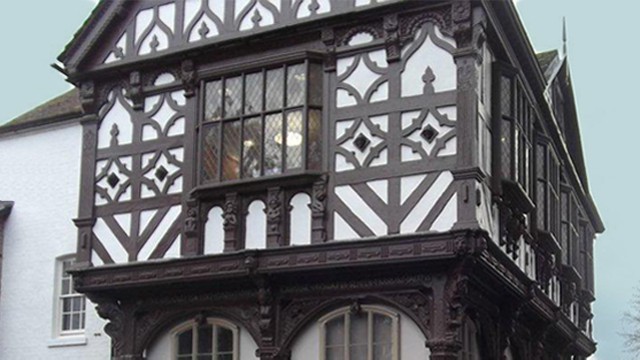History and Heritage
History and Heritage
Grange Court’s Vibrant Heritage
Grange Court is a Grade II* listed timber-framed market hall built by John Abel in 1633.
The building has had many different functions in its near 400-year life, and every new owner has adapted the building to make it fit for their purpose.
The building originally stood at the top of Broad Street in Leominster and housed the weekly butter market, selling chickens, eggs, and butter. It was then known as the Butter Crosse.
By the mid nineteenth century, the market hall was proving a traffic hazard in the town centre. The building was dismantled and lay in pieces in a builder’s yard until 1859, when the building was bought by John Arkwright (relation of Richard Arkwright who created the spinning water frame enabling industialisation). It was then rebuilt on the park known as the Grange and, with some modifications, leased to the Moore family.
Grange Court remained a family home until 1939, when Leominster District Council made a compulsory purchase to save it from being dismantled and moved to South Wales to become the gatehouse to St. Donats Castle.
The Borough Council, then the District Council, and later the County Council had offices in Grange Court until 2008, when the redevelopment began to turn it into a Community, Enterprise and Heritage Hub.
You can read more about LARC and Grange Court Today in the About Us section.

